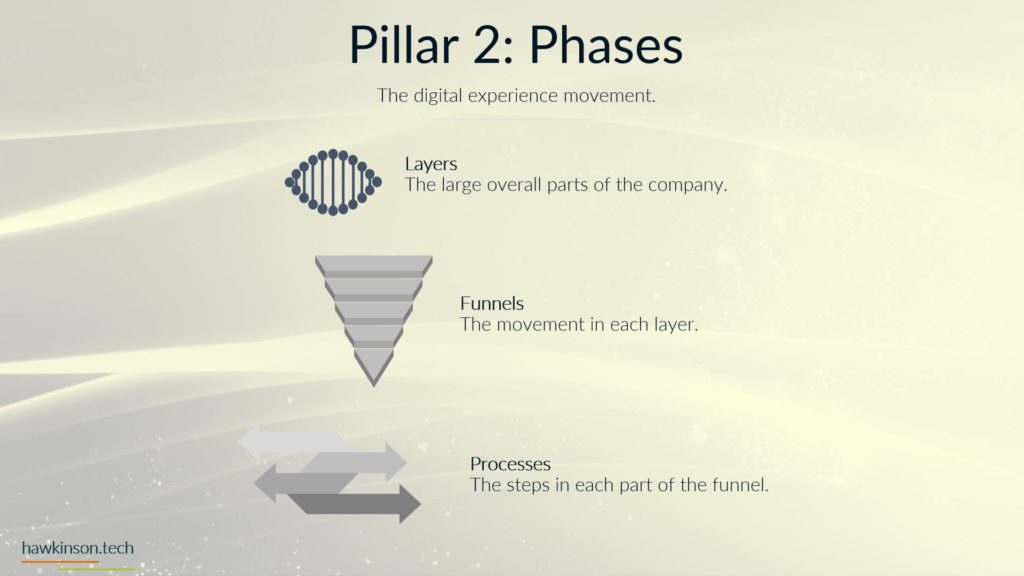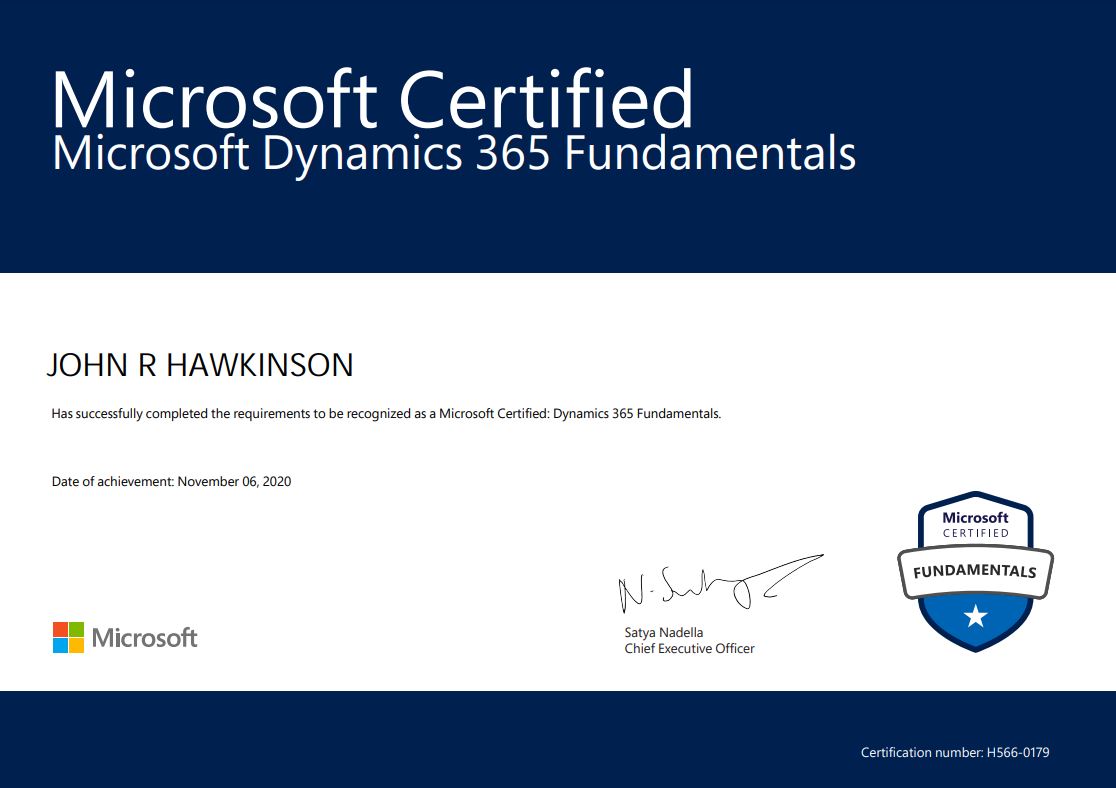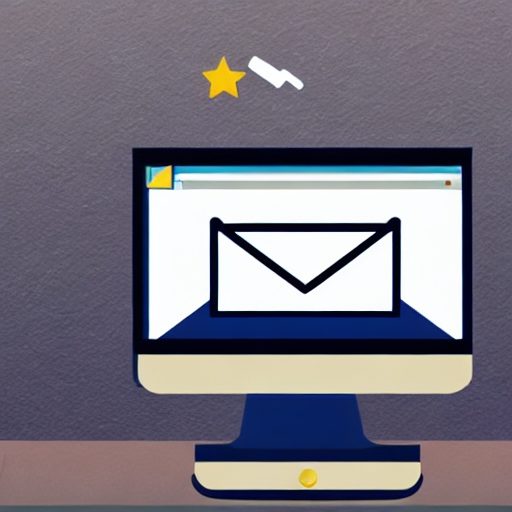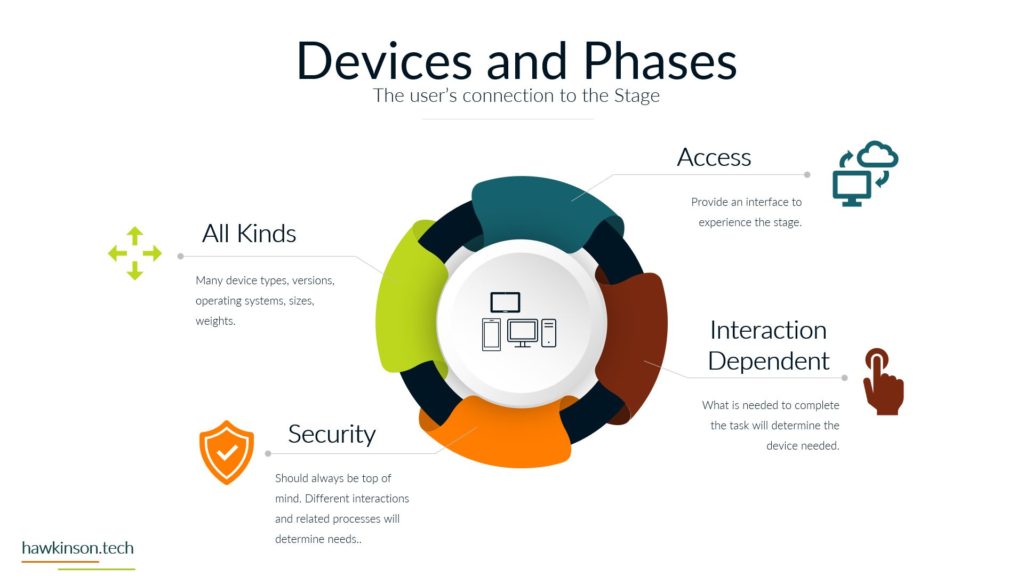The Marketing Hub from HubSpot is an all-in-one digital marketing platform with capabilities for online marketing, marketing on social media, creating landing pages, reporting and statistics, SEO, and much more.
Customer relationship management, marketing automation, and email marketing are all seamlessly integrated into the platform. Marketing Hub can easily meet the needs of numerous businesses of all sizes due to its extensive feature set and customizability.
Key Features
Generating and Managing Leads
A selection of tools is available through Marketing Hub for gathering, controlling, and nurturing leads. These tools are particularly helpful at increasing conversions and prioritizing leads depending on the level of interaction are the lead grading, landing pages, and forms features.
Email Advertising
Several options are available in Marketing Hub for designing, delivering, and improving email campaigns. The analytics and reporting capabilities offer insightful data for monitoring outcomes, while the A/B testing and automated email processes tools simplify evaluating and enhancing campaign success.
Interactive Landing Pages
Two tools are available from Marketing Hub to use when building landing pages. The first is a wizard-driven tool, and the second is a powerful design tool.
The platform also has a function known as Smart Fields. It automatically deletes any form fields already filled out to save the lead from repeatedly entering the same data. This capability is also utilized to show highly personalized information different for each visitor. This enhances the effectiveness of landing pages.
Other Key Features
- A/B Testing
- Audit Management
- Calendar Management
- Campaign Scheduling
- Content Library
- Customer Surveys
- Customizable Forms
- Email Management
- Image Library
- Form Builder
- Lead Generation




























